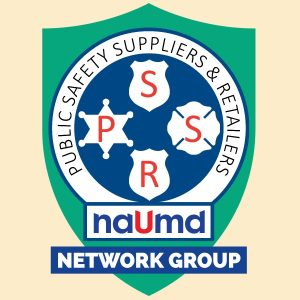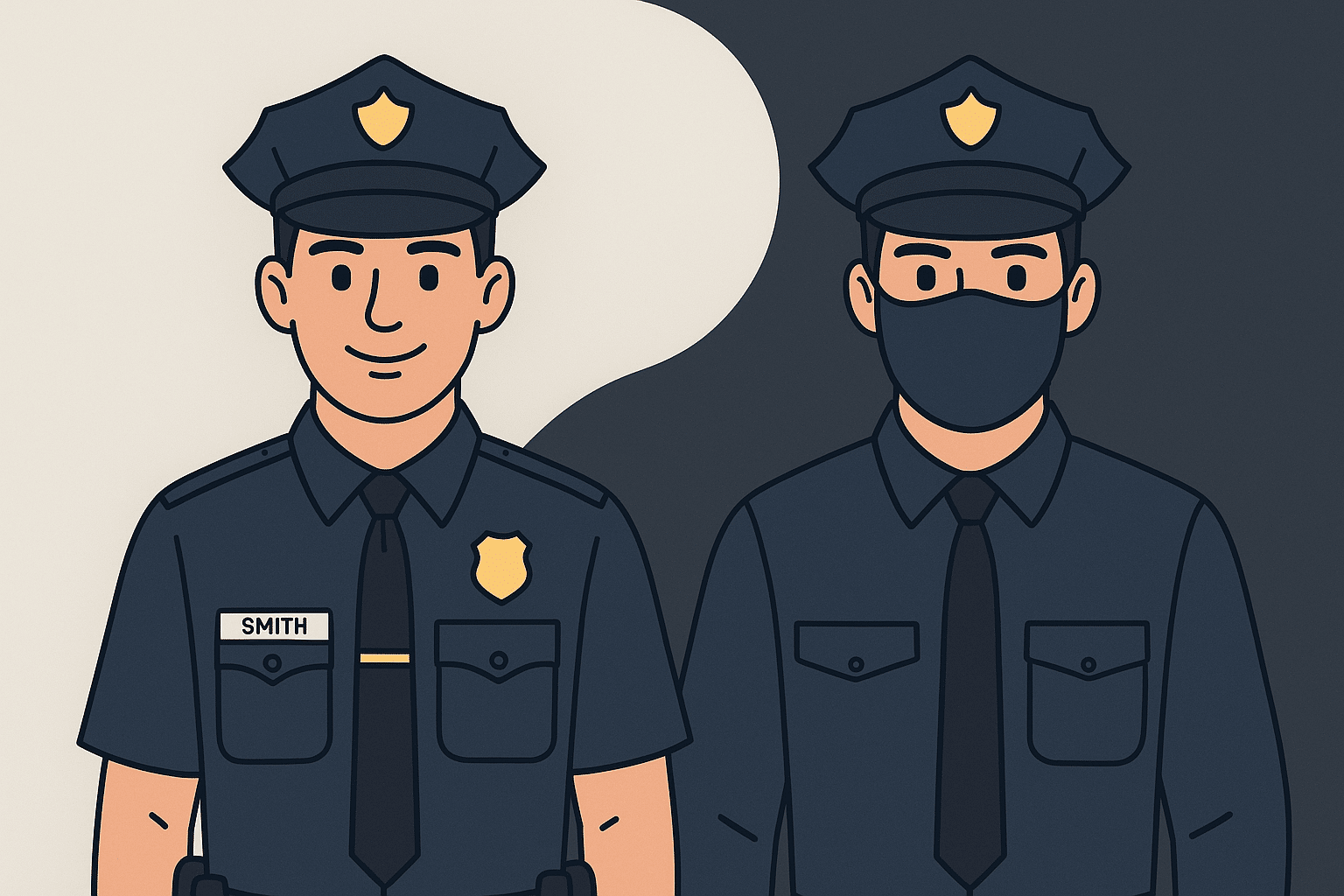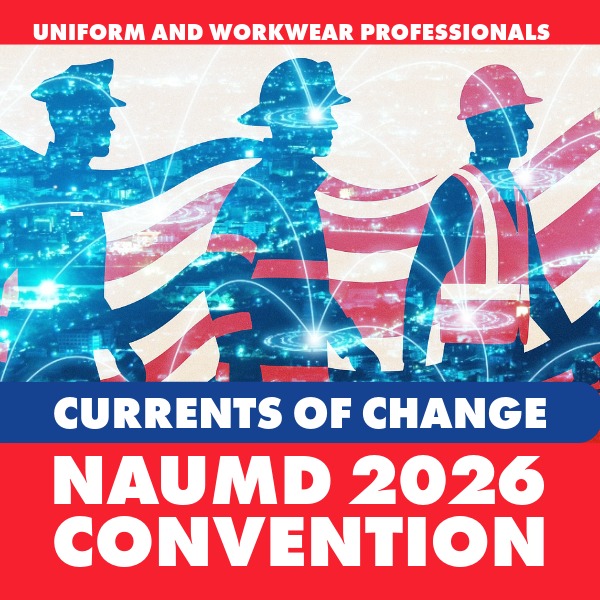Let’s face it—uniforms say a lot without saying a word. They project authority, professionalism, trust… and increasingly, raise questions about privacy, identification, and safety. Especially when face masks come into the picture.
That’s why California’s Senate Bill 627, better known as the No Secret Police Act, is raising eyebrows—and not just among officers. If passed, the bill would ban law enforcement from wearing face masks during non-emergency duties and would require clear display of name tags and badges. Think protests, patrols, and immigration enforcement—no more hiding behind face coverings.
Depending on your viewpoint, it’s either a win for transparency or a risk to officer safety. Either way, if you’re in the business of outfitting law enforcement, this one’s worth paying attention to.
Show Your Face or Stay Safe? The Heart of the Debate
Supporters of the bill, like Senator Scott Wiener, argue that when officers engage with the public, we should know who they are—literally. The logic: no secret squads, no mystery men at the door, no confusion over who’s enforcing the law. Proponents see it as a step toward restoring public trust and making impersonation harder.
That line of thinking could mean renewed interest in permanent, visible identifiers—bold name patches, tamper-proof badges, or embroidery that says: “This is who I am.”
But not everyone’s ready to put their name front and center.
Opponents: Don’t Turn Officers Into Targets
Police unions, ICE, and DHS have come out swinging against the bill. They say it’s not about secrecy—it’s about safety. In an age of doxxing, online harassment, and physical threats, showing your name or face could be dangerous. Some officers have already had their families threatened after viral protest videos.
The Peace Officers Research Association of California argues that the bill could leave officers with a tough choice: protect themselves or follow the law.
For uniform manufacturers and distributors, that means the demand for adaptable solutions—removable ID, modular badge setups, or integrated face protection—isn’t going away anytime soon.
Caught in the Crossfire: Uniform Manufacturers and Suppliers
Here’s where things get interesting. What happens when a department needs visible name tags for community policing… but removable identifiers for tactical operations? Or when California says no masks, but federal agents operating in the same neighborhood say, “not your jurisdiction”?
If SB 627 becomes law (it’s currently under review in the California Assembly after a unanimous Senate vote), it could create state-specific guidelines for gear design, procurement, and wear policies. For those of us in the supply chain, that means watching closely—and maybe rethinking how flexible, layered, and regulation-compliant our products really are.
The deeper question: how do we design uniforms that protect identity and enforce accountability at the same time?
For Further Reading
If you’d like to dig deeper into this debate, here are some of the key sources referenced while writing this column:




















